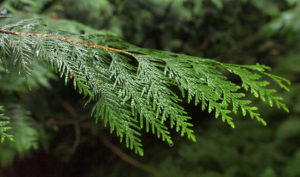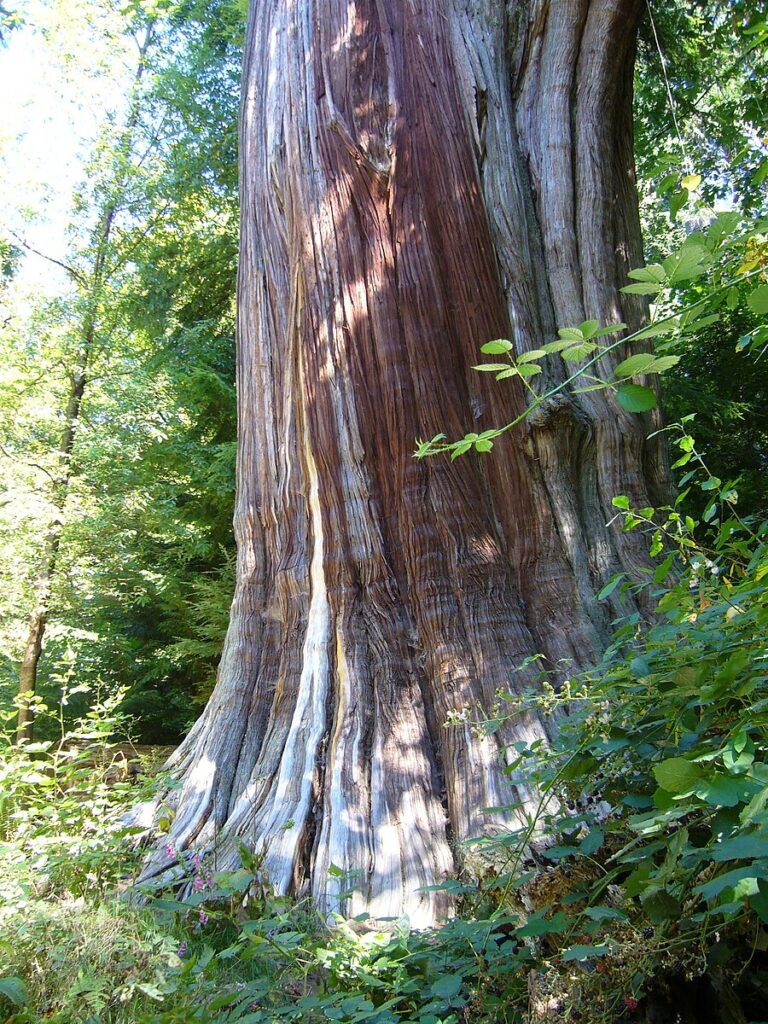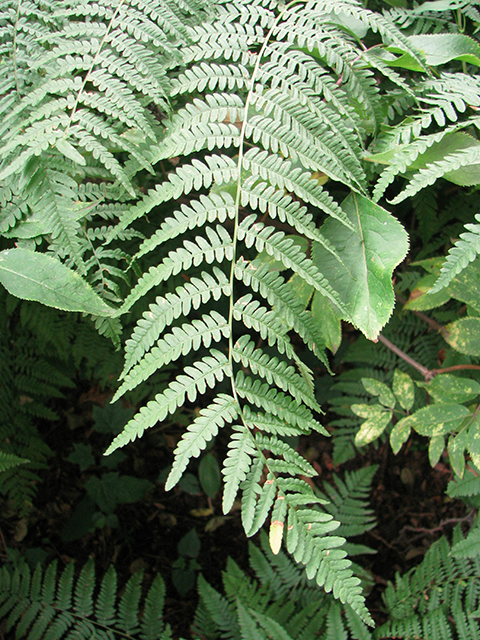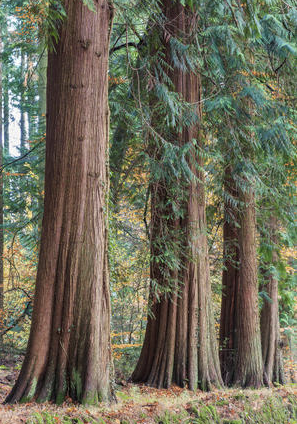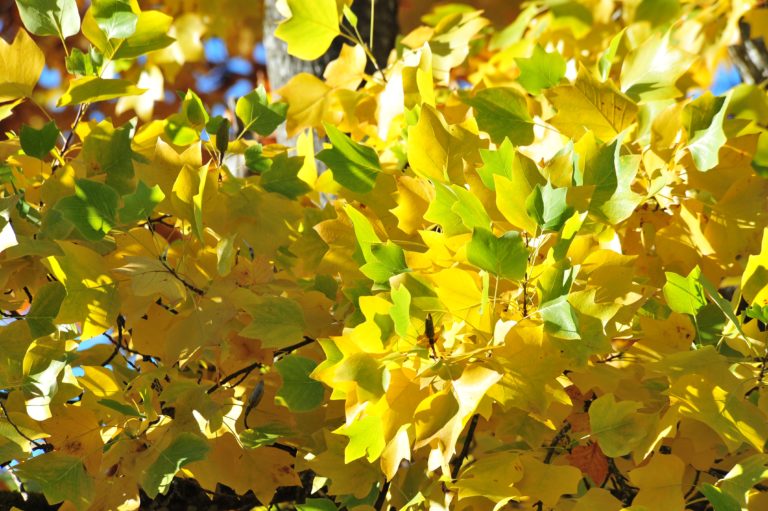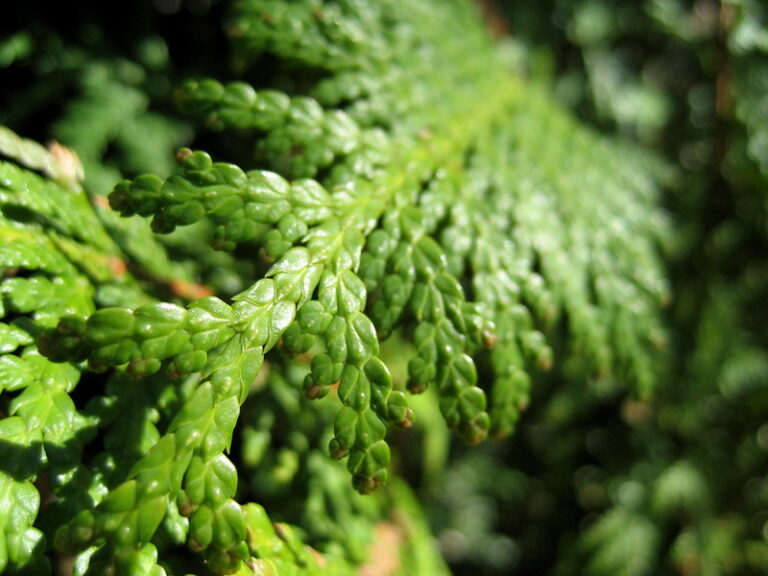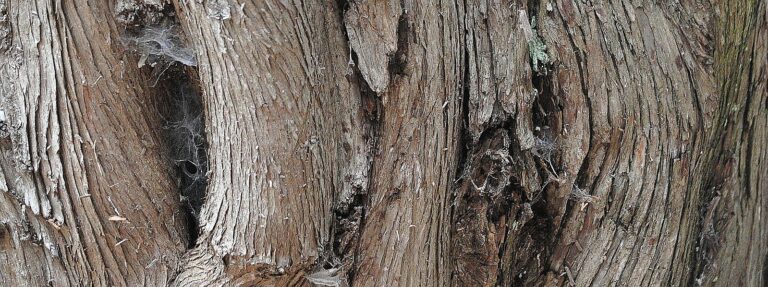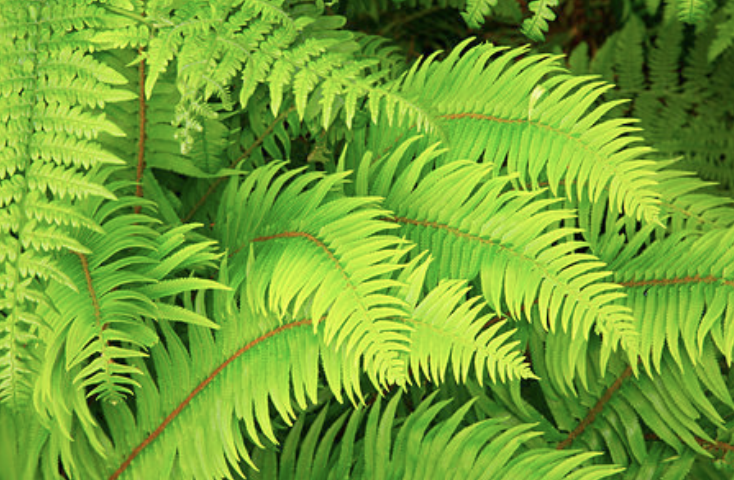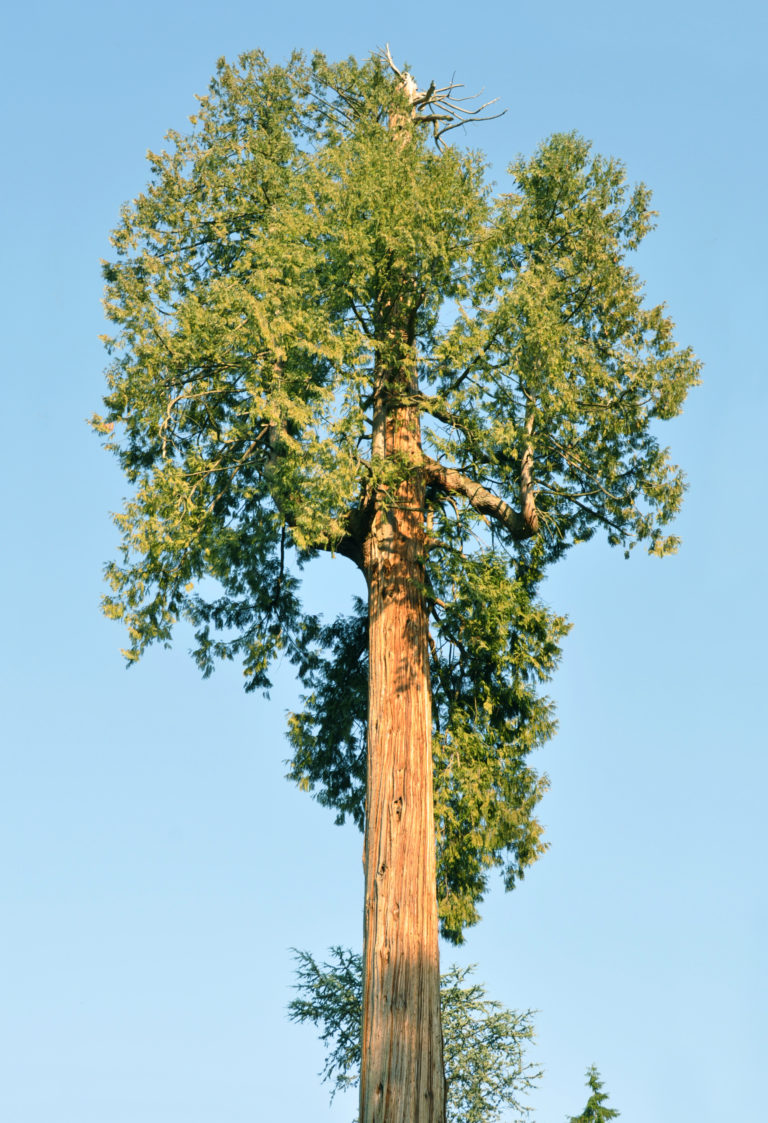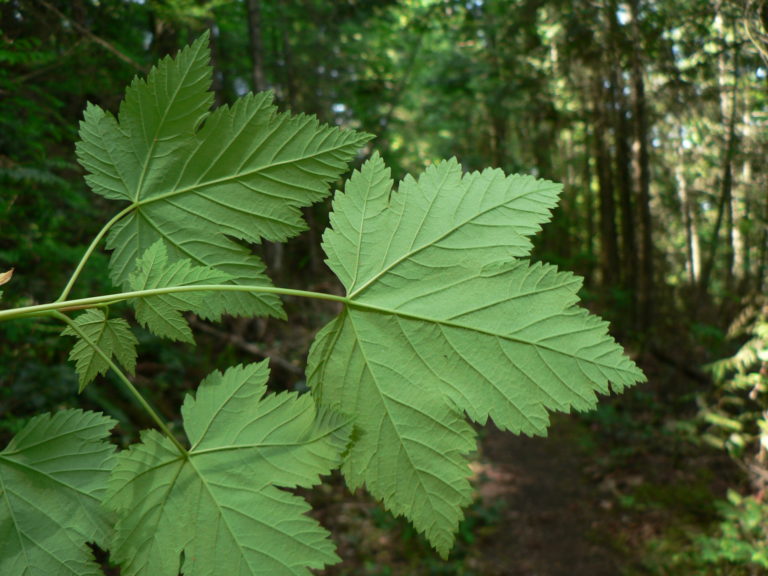
Hul'q'umi'num' name:
xpey’ – red cedar, wood or tree
English Name:
Red Cedar
Alternative English Names:
Cedar, Pacific Red Cedar, Western Red Cedar
Scientific Name:
Thuja plicata
Click/tap on the button to jump to that section:
Description
Description, Habitat, Ecology, Distribution
This is a large, scale-leaved tree, which reaches a height of 60 m (197 ft). The branches spread or droop, turning up slightly at the ends. The bark is grey to reddish brown and fibrous rather than chunky and hard. The seeds are borne in small, egg-shaped cones. Red cedar usually inhabits moist to wet soils in shaded forests but it may also occur in drier areas and in bogs. It occurs in low to high elevations throughout the coast and also in a band east of the interior plateau of British Columbia.
Island Cultural Role
The red cedar is a tremendously important species. Its wood and inner bark have been especially prized for making numerous items including houses, canoes, and spreaders used when barbecuing salmon.The inner bark of red cedar may be used for clothing, hats, ropes, headbands and headdresses. In the past, butter clams were strung onto strips of red cedar inner bark to dry over a fire.The branches are split and used for baskets.
Language
Hul'q'umi'num' Name
xpey’ – red cedar, wood or tree
APA
x̌pey̓
Speaker
Ruby Peter
Hul'q'umi'num' Name 2
xpey’tsus – cedar bough(s)
APA
x̌pey̓cəs
Speaker
Bill Seward
Hul'q'umi'num' Name 3
xpey’ulhp – red cedar tree
APA
x̌pey̓əłp
Speaker
Bill Seward
Speaker
Delores Louie
Hul'q'umi'num' Name 4
sluwi’ – red cedar inner bark
APA
sləwiʔ
Speaker
Ruby Peter
Hul'q'umi'num' Name 5
p’uli’ – red cedar outer bark
APA
p̓əliʔ
Speaker
Ruby Peter
Learn More
Photos
